
How to hang panoramic wallpaper?

This beginner's wallpapering guide is designed to help you cover a wall with panoramic wallpaper. Panoramic wallpaper is made up of strips of non-woven wallpaper that must be joined together to create a seamless design.
Whether it's a panoramic landscape with a jungle motif or a panoramic for a child's bedroom, you don't need to be a DIY or decoration expert to hang Maison BONAMI wallpaper...
You just need to respect our 3 basic rules:
1. Check the surface to be wallpapered
2. Have the right tools
3. Follow the installation steps
The use of Maison BONAMI wallpapers in damp rooms is not recommended.
BEFORE YOU START
1. Check the support
The surface to be wallpapered must be:

Make sure the surface to be wallpapered does not have any holes or cracks, or that you fill them well beforehand. The wallpaper will simply help hide minor imperfections.
2. Prepare your tools
To hang wallpaper, you will need:

Consider protecting your floor with a plastic sheet to prevent it from getting wet. It is recommended to use special glues for non-woven wallpaper. Use transparent, ready-to-use paste for non-woven wallpaper to avoid lumps. Do not use white polyvinyl glue (such as Ovalit TM) as this may leave white marks on dark colors.
3. Make sure you are calm and can take your time!
TIPS FOR INSTALLING PANORAMIC WALLPAPER FOR BEGINNERS
For traditional Maison BONAMI non-woven wallpapers, there's no need for a pasting table. The paste isn't applied to the strips, but directly to the walls.
The panoramic wallpaper is made up of several strips:
Each Maison BONAMI panoramic is available in several formats.
The number of strips contained in these different formats can vary between 2 strips for small dimensions such as “Panel”, 4 strips for a panoramic in “Headboard” format and between 6 and 8 strips for the complete “panoramic”.
The number of strips therefore varies depending on the piece of the design chosen and the need.
For example, the Maravilhas panoramic wallpaper for children , ideal for a child's bedroom, is available in 4 formats and can contain up to 8 strips for the entire illustration, and theKyuuai Dansu panoramic animal wallpaper is available in 3 formats and can contain up to 6 strips to obtain the entire illustration.
Remember to take your measurements carefully before ordering. Don't hesitate to contact us if you'd like to confirm the right panoramic format for your project.
The strips measure 50 cm in width and 260 cm in height. If you require special dimensions, we can create custom panoramic wallpaper for you: contact us for a personalized quote .
When taking measurements of your surfaces to be wallpapered, Always remember to add 5 cm of height for trimming, i.e. for cutting at the top and bottom. The paper is cut only when it is laid down (no prior cutting is necessary).
THE STEPS OF INSTALLING WALLPAPER
1. Place your markers

The width of wallpaper strips and rolls is always 50 cm. The corners of a room are not always straight. For this reason, you should not hang the first strip following the corner of the wall, but by relying on a vertical mark previously drawn using a spirit level: from the door or the corner of the wall you want to wallpaper, draw a vertical line in pencil, using a spirit level, 47 cm from the left corner of your wall. You will start hanging the wallpaper from this line and not from the corner of the wall.
Laying the first strip is key!
If it's not perfectly vertical, all the others will be crooked.
2. Paste the wall to be wallpapered
Using the roller, spread a THIN layer of paste on the wall, overflowing a little onto the lines and without forgetting the corners. Our wallpaper adheres very well, there is no need to use a lot of paste. This will prevent glue from overflowing between each strip, which could leave traces of paste on the strips once dry. Never paste non-woven wallpaper. Non-woven material requires little glue to adhere. It absorbs a lot of moisture. This could damage the print.
Don't forget the edges and corners of the surface.
Do not use too much paste; excess paste can damage the wallpaper. If excess paste is used, clean it immediately with a clean, slightly damp sponge. When using the sponge, do not use the abrasive side, as this may damage the wallpaper.
Lay the strip quickly after pasting the wall.
3. Hang the first strip of wallpaper
Position your first strip along the installation axis you drew in step 1. Remember to extend it 2 cm towards the ceiling and 2 cm towards the baseboard (for the strip) for cutting. If necessary, you can reposition the paper by handling it gently.
If bubbles remain trapped under the paper, dry your hands thoroughly beforehand, then smooth down* the entire surface using a wallpaper brush or a simple soft, clean, dry cloth, starting at the top and working from the center outwards.
* Smoothing the strip helps to remove imperfections such as air bubbles that may be between the wall and the wallpaper. Run the wallpaper brush over the strip, without applying pressure to avoid deforming it (you can use a wallpaper brush or a plastic spatula delicately). The movement should be from the bottom up and then from the inside out, without applying pressure to avoid deforming the surface.
Don't trim the edges at the top and bottom of the paper right away. Wait until everything is completely dry.
4. Line
Each new strip will be placed next to the previous one with the same steps:
1: Re-paste the width of the wall to be wallpapered, taking care not to overflow too much onto the strip already positioned.
2: Place the new strip at the top edge to edge with the previous strip, carefully checking the pattern matches.
Be careful not to overlap the strips when laying.
If glue has spilled onto the strips of paper, wipe it off quickly and gently with a very slightly damp sponge. Do not rub, as this could damage the paper and erase the ink.
5. Adjust the dimensions

Once all of your strips are completely dry, use the cutter and a ruler to trim them along the baseboard and ceiling.
Don't throw away your paper scraps, you can use them for small decorative objects!
6. Grab a chair, a coffee, and admire the result!




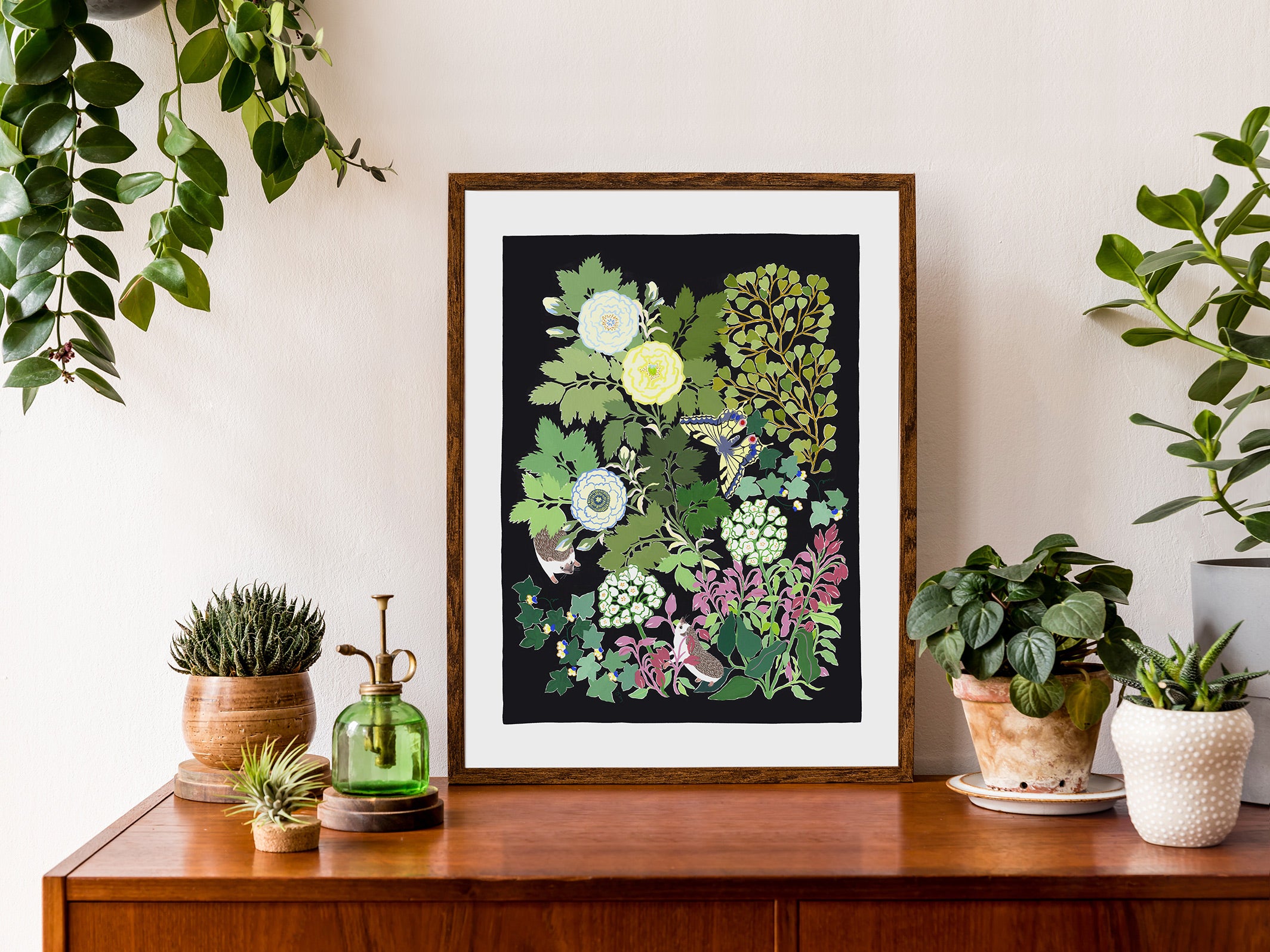
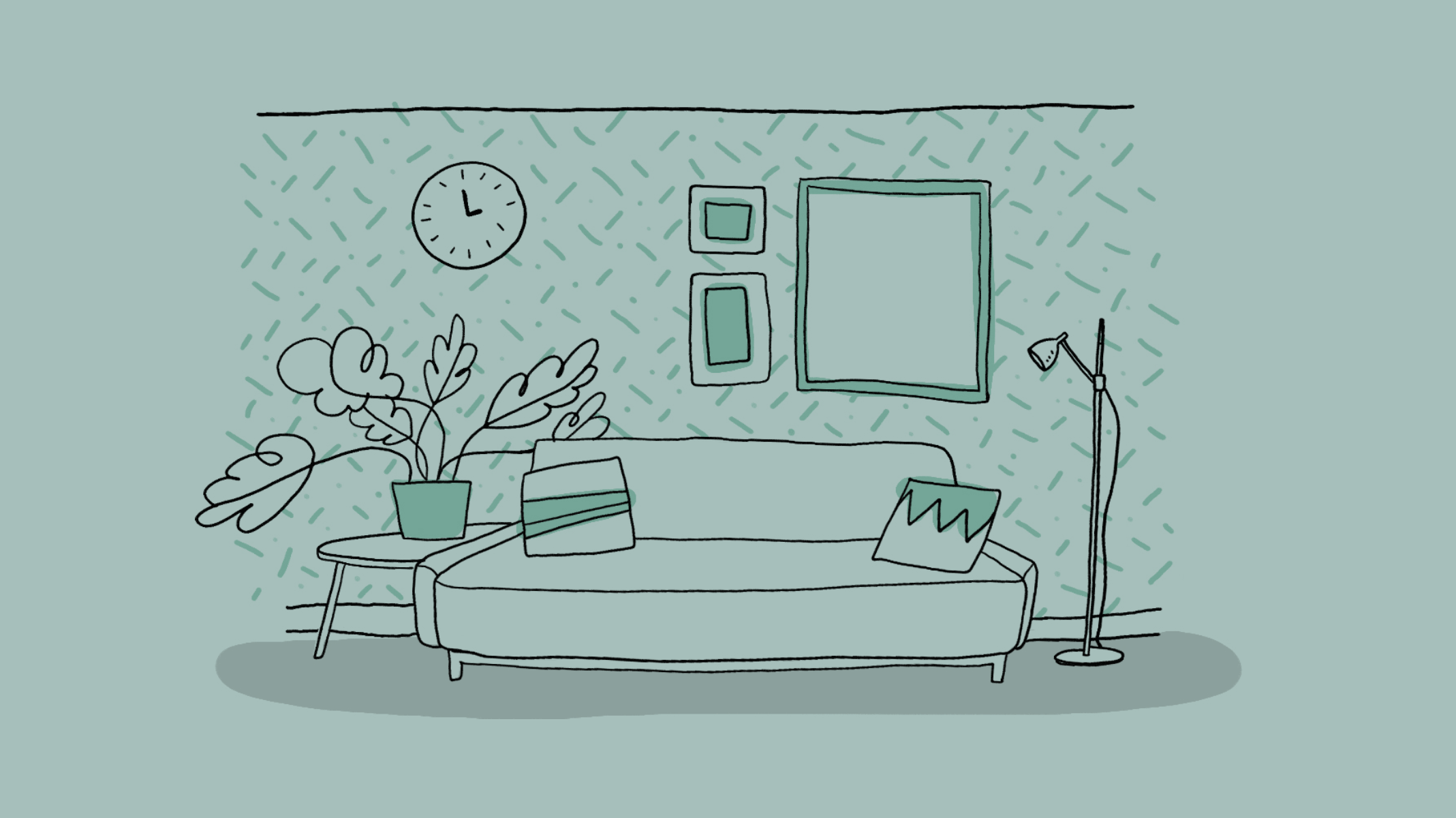
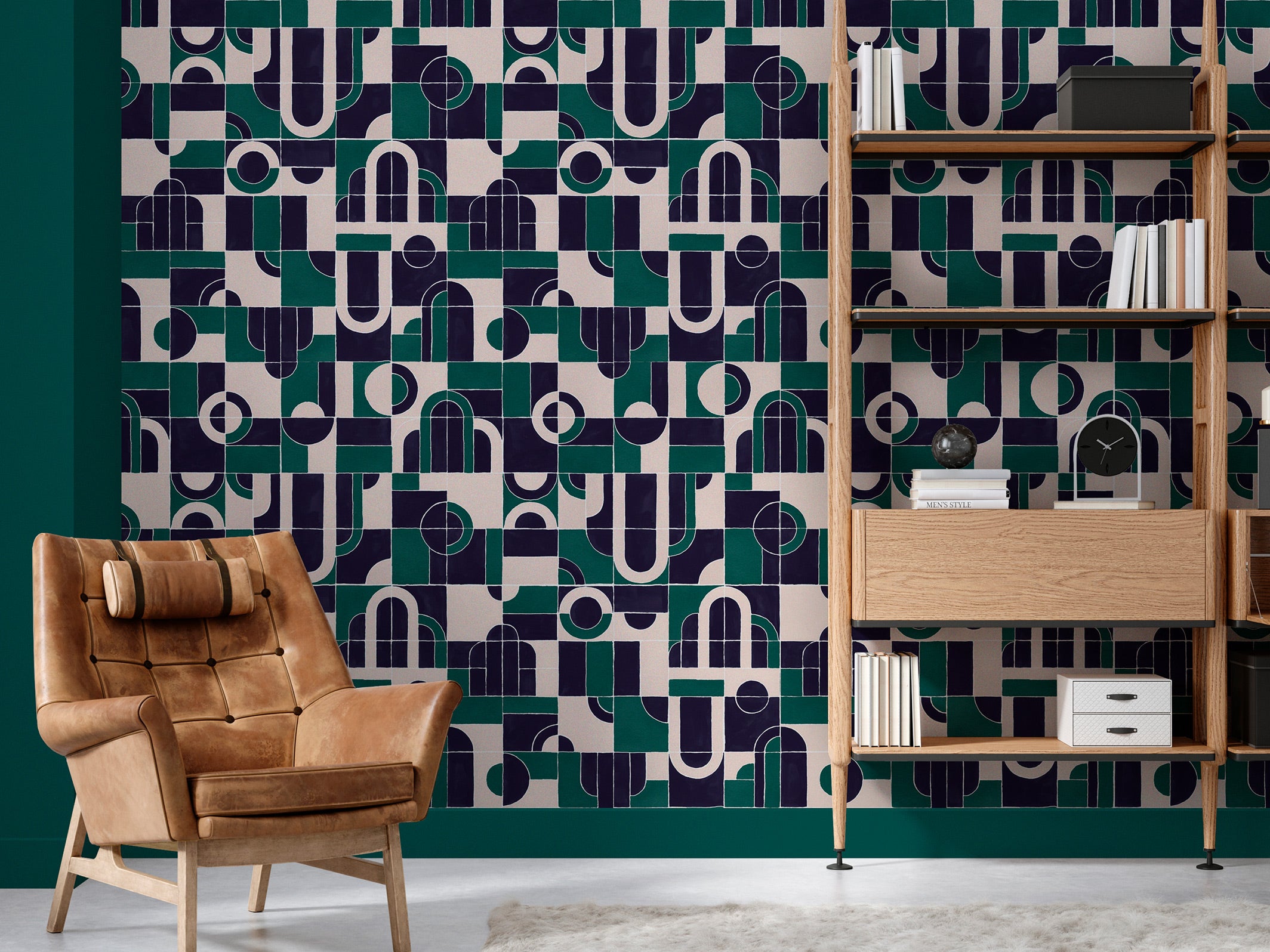
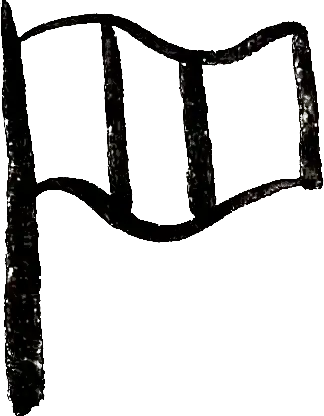
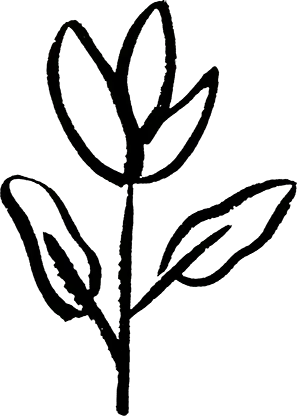
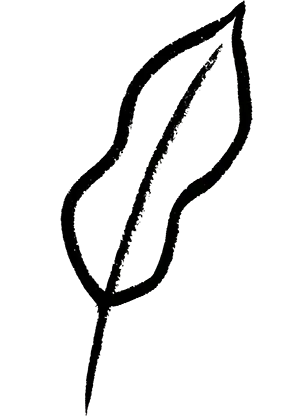
Leave a comment
This site is protected by hCaptcha and the hCaptcha Privacy Policy and Terms of Service apply.